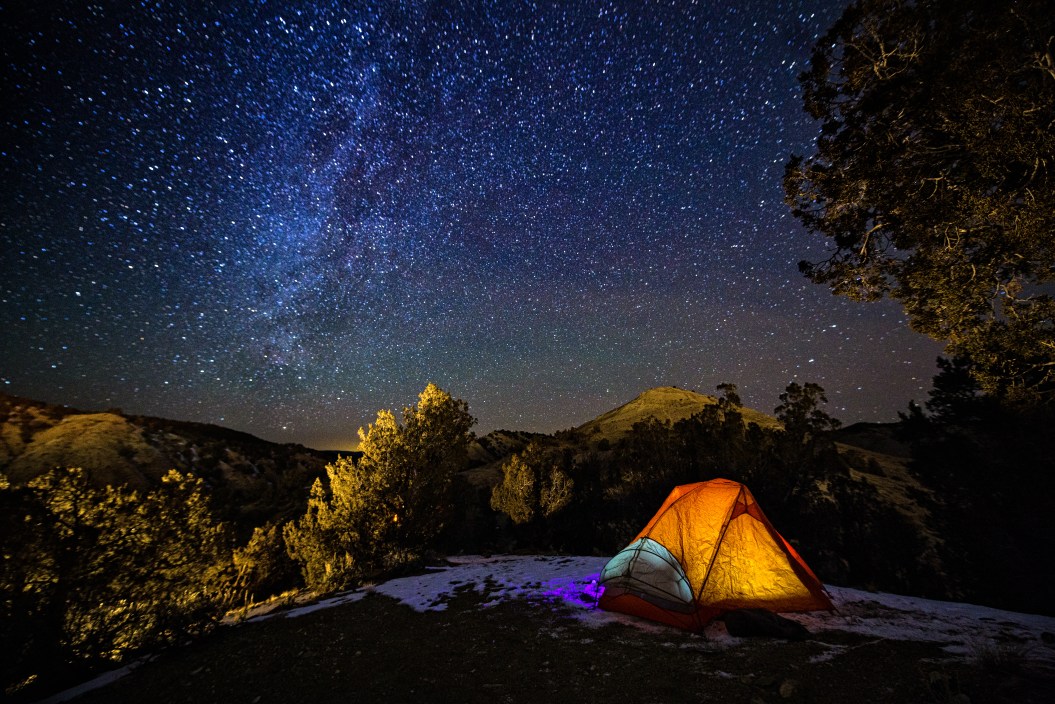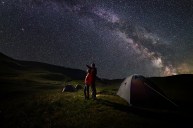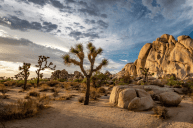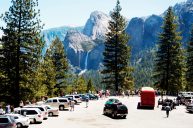Just imagine the peace and tranquility that comes with laying down on a blanket and gazing up at the stars. Unfortunately, it's not always something the average person can do easily. With expanding cities eating up rural space, the constant, bright lights impede the casual observer's ability to see the stars. Dark, clear skies are an essential ingredient for quality stargazing or catching a glimpse of the northern lights.
Thankfully, the national parks offer visitors dark skies for miles. While you can visit any of the 63 national parks to get your fill of the constellations, especially with this interactive map, these six parks have festivals in the star's honor, some in time for Father's Day.
1. Grand Canyon National Park
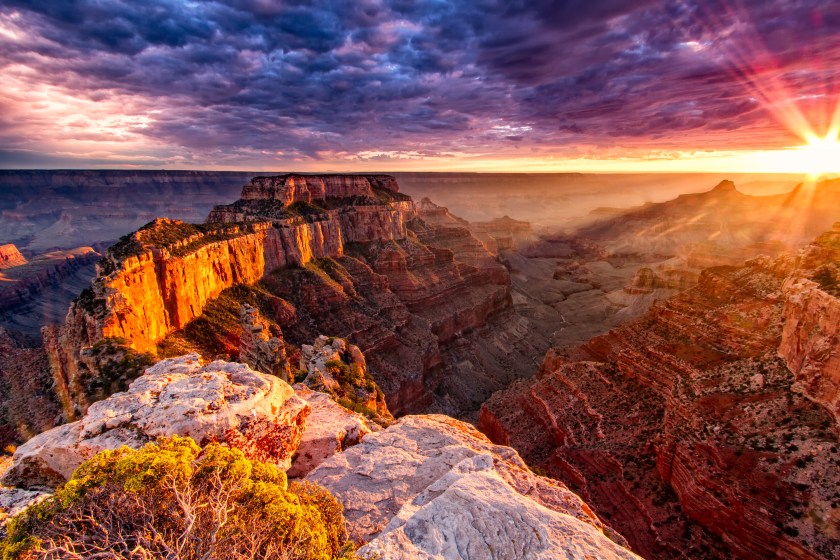
Erik Harrison, Getty Images
From June 10-17, Grand Canyon National Park is holding its annual star party. Entrance to the park on both the North and South rims is free for the entire event. But reservations are needed for lodging or the campgrounds.
The party starts when the sun goes down, with the best views of the stars after 9:00 p.m. until around 11:00 p.m. Stargazing extends late into the night on clearer nights. According to the NPS, visitors can see star clusters, galaxies, nebulae, double stars, and planets.
However, as warm as the canyon is during the day, remember it gets quite chilly at night, so bring a jacket!
2. Bryce Canyon National Park
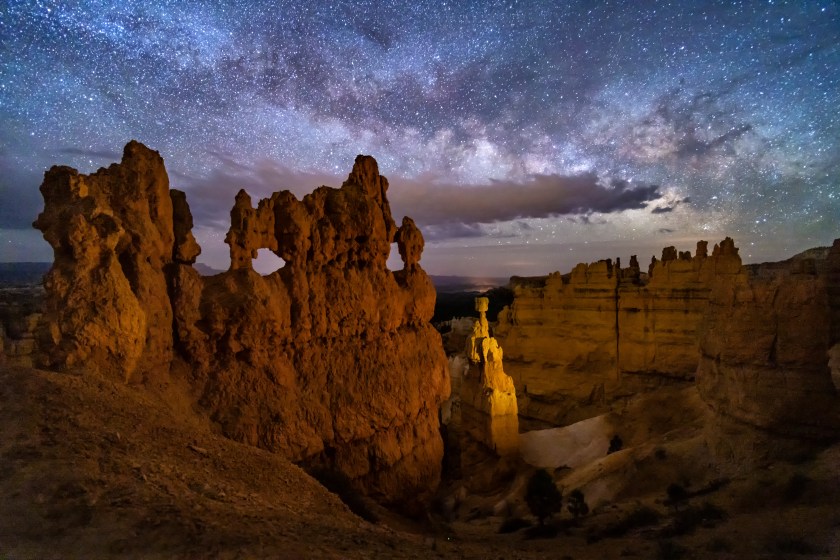
Getty Images
Visitors to southern Utah's Bryce Canyon National get to enjoy four days of their annual Astronomy Festival between June 14-17. Activities for this festival aren't just scheduled for the evenings, though. The days are filled with family-friendly activities that flow into evening programs, telescope viewings, and constellation tours.
Visitors can use the free Star Shuttle service between 8 p.m. and 12:15 a.m. The shuttle stops at Ruby's Inn Campground, the Visitors Center, Sunset Campground, Byrce Lodge, and North Campground Outdoor Theater.
Attendance to the daytime festivals is free with park admission. The evening events are also free, but visitors must pick up a free ticker for admission from the visitor's center information desk. The telescope will be open from 10 p.m. to midnight each night across from the visitor's center.
3. Badlands National Park
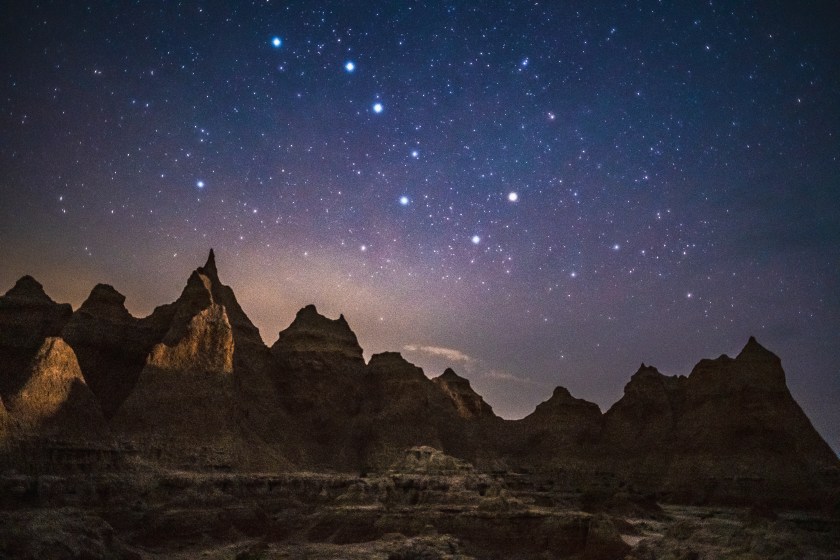
Timothy Mattimore, Getty Images
head to South Dakota between July 14-16 for the Badlands National Park Astronomy Festival. The event melds together a diverse group of attendees, from space science professionals to educators, amateur astronomers, youth groups, and park visitors.
The NPS Night Sky Program and Celestron are sponsoring nightly telescope viewings; attendees can visit the planetarium, experience technology demonstrations, and more.
4. Shenandoah National Park
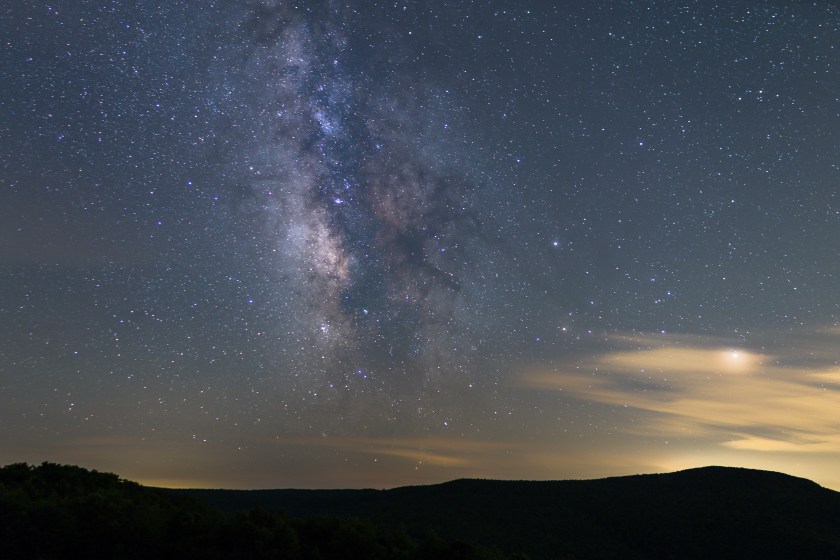
Joseph Gruber, Getty Images
From August 11-13, visitors of Shenandoah National Park can experience the Night Sky Festival in the 200,000-acre park in Virginia's Blue Ridge Mountains. The schedule of events is not set in stone just yet, but it will include stargazing (obviously), activities for kids, and presentations covering everything space-related, including travel, weather, and what our future in space looks like.
5. Great Basin National Park
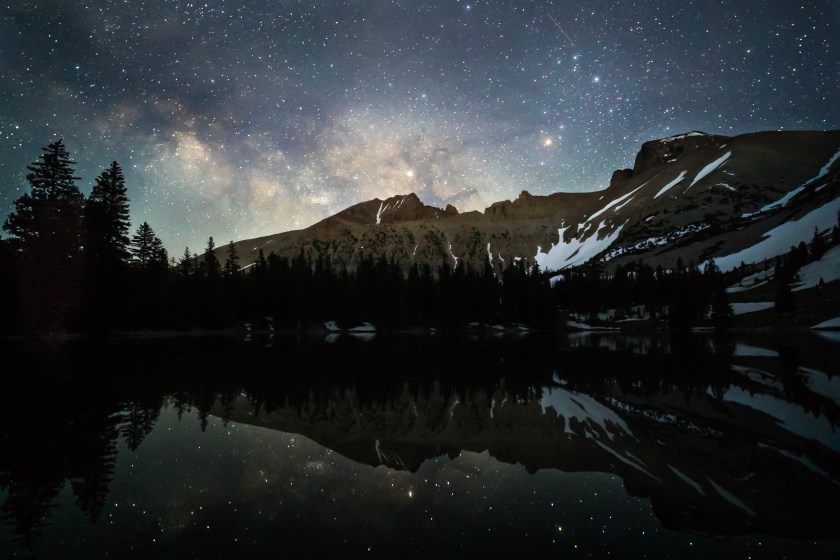
Elizabeth M. Ruggiero, Getty Images
Great Basin may be one of the quieter parks, but its annual Astronomy Festival from September 14-16 will surely bring in an uptick in foot traffic. Situated in eastern Nevada, the 77,000-acre park will open the telescope viewing area from 8 p.m. to 11 p.m., offering visitors prime viewing of the stars.
If the weather cooperates, there will be guest speakers and activities for all to enjoy, including the park's Art in the Dark program. Guest speakers will include Dr. Richard Plotkin from the Great Basin Observatory and Blaire Weinberg, one of Jet Propulsion Laboratories' (JPL) Uplink Engineers.
6. Joshua Tree National Park
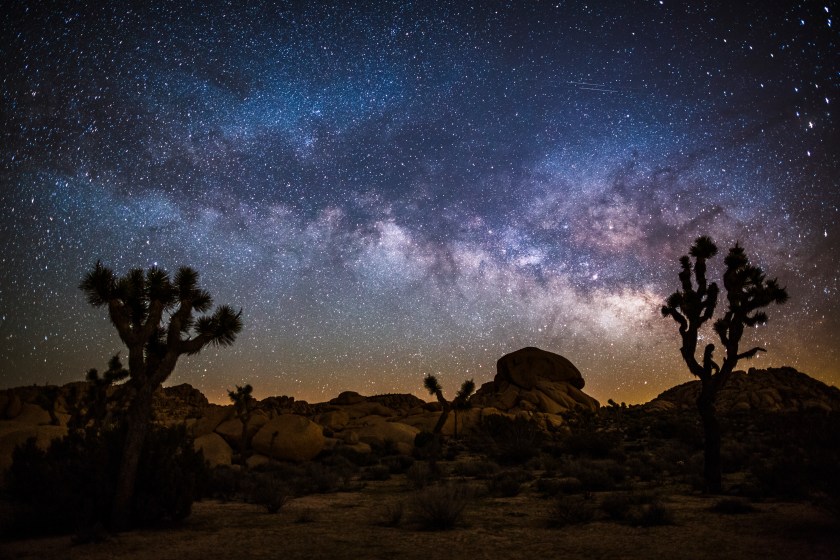
Schroptschop, Getty Images
Southern California's Joshua Tree National Park will host their Night Sky Festival on October 13 and 14. Sponsored by non-profit groups Joshua Tree Residential Education Experience and Sky's The Limit Observatory and Nature Center, the park is designated as an International Dark Sky Park by the International Dark-Sky Park Association.
Tickets go on sale for the event in mid-July and can be found at Sky's the Limit 29's website. Limited tickets are available for the all-ages event, so it's best to hop on tickets as soon as possible.
This year's event will be extra special as it overlaps with the "ring of fire" solar eclipse, where visitors can experience the moon appearing to cover between 70 and 80 percent of the sun. Fall isn't the only time you can see the stars in Joshua Tree. Event sponsor Sky's the Limit holds telescope viewings throughout the year, or you can DIY your viewing.
READ MORE: 2023 Free-Entrance Days Announced by National Park Service
